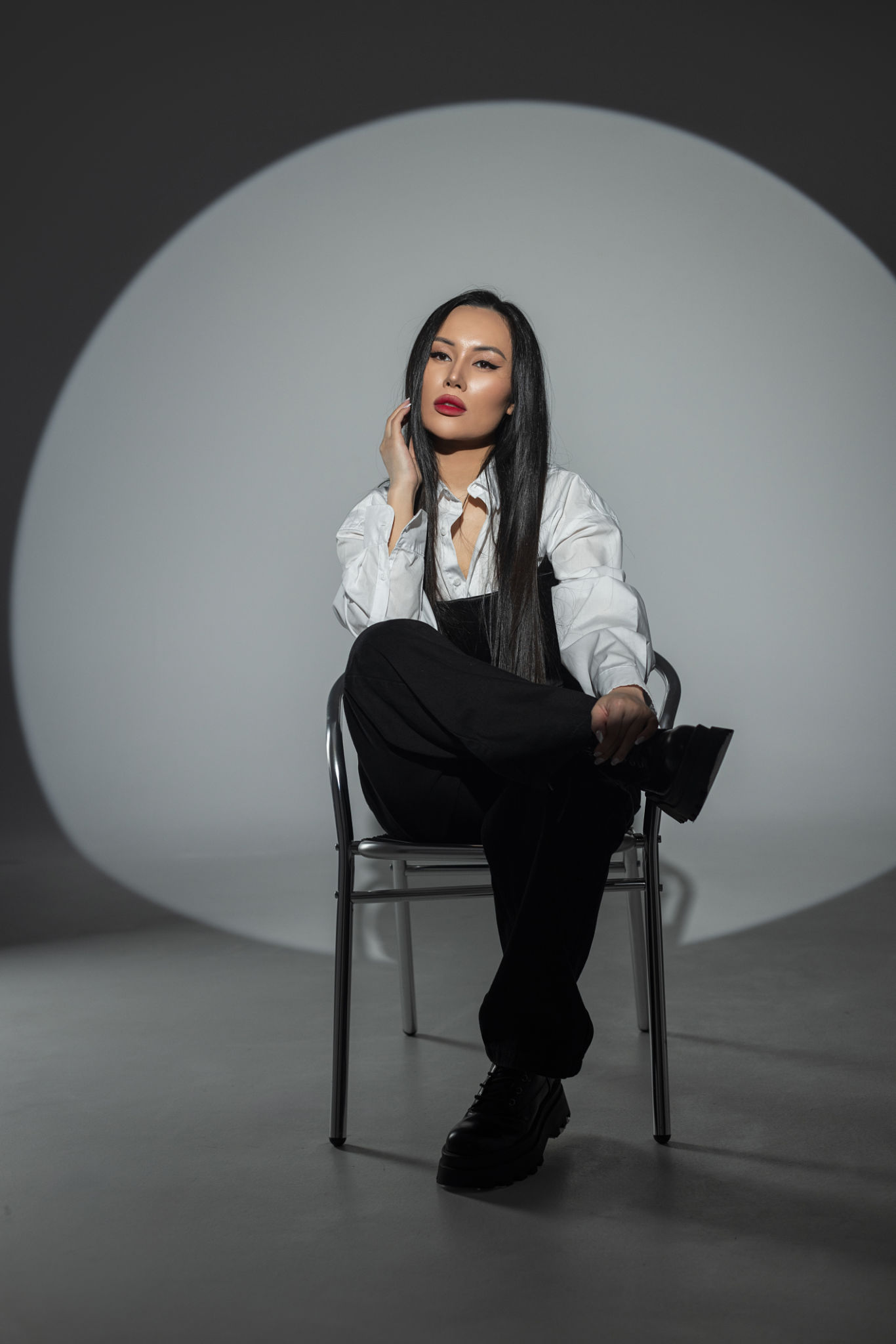Avoiding Common Pitfalls in Editorial Photography Submissions
HM
Understanding Editorial Guidelines
One of the most common pitfalls in editorial photography submissions is not thoroughly understanding the publication's guidelines. Each magazine or online platform has its own set of rules regarding the style, size, and subject matter of images they accept. Before submitting your work, ensure you have a clear understanding of these requirements. This attention to detail can significantly increase your chances of having your photos published.
Publications often provide a detailed guide or a specific contact person to address any questions. Utilize these resources to clarify any uncertainties. Submitting photos that do not meet the basic criteria can lead to unnecessary rejections, wasting both your time and the editor's.

Crafting a Compelling Narrative
Editorial photography is not just about stunning visuals; it's about telling a story. Each image you submit should contribute to a cohesive narrative. Consider the emotions and messages you wish to convey through your work. This narrative should align with the publication's voice and style.
To enhance your storytelling, accompany your submissions with a brief description or caption that explains the context and significance of your images. This helps the editorial team understand your perspective and the story behind each shot.

Technical Quality and Composition
Even if your images tell a compelling story, poor technical quality can lead to rejection. Focus on aspects such as lighting, exposure, and composition when capturing your photographs. Editors are searching for sharp, well-composed images that adhere to professional standards.
Pay attention to details like color balance and noise reduction. Using high-resolution images ensures that your photos look great both in print and online. Remember, a technically flawed image might not make the cut, regardless of its narrative strength.

Legal Considerations
Legal issues can be a major stumbling block for many photographers. Ensure that you have the necessary model releases and property releases when required. This is especially crucial for images featuring identifiable individuals or private property. Neglecting this step can lead to legal complications for both you and the publication.
Additionally, be mindful of copyright laws. Submit only original work or ensure you have the proper rights to use any third-party content. Publications are very cautious about legal issues and will often reject submissions that could pose a risk.

Effective Communication with Editors
Building a good relationship with editors can be beneficial for future submissions. Communicate clearly and professionally with them throughout the submission process. Address any feedback constructively and be open to making necessary adjustments to your work.
Understanding the editor's needs and preferences can give you an edge. Taking the initiative to ask for feedback or clarification not only shows your commitment but also enhances your chances of success in subsequent submissions.

Conclusion
Avoiding common pitfalls in editorial photography submissions requires attention to detail, an understanding of the publication's needs, and a commitment to quality. By focusing on these areas, you can significantly improve your chances of having your work accepted and published. Remember that each submission is an opportunity to refine your skills and grow as a photographer.